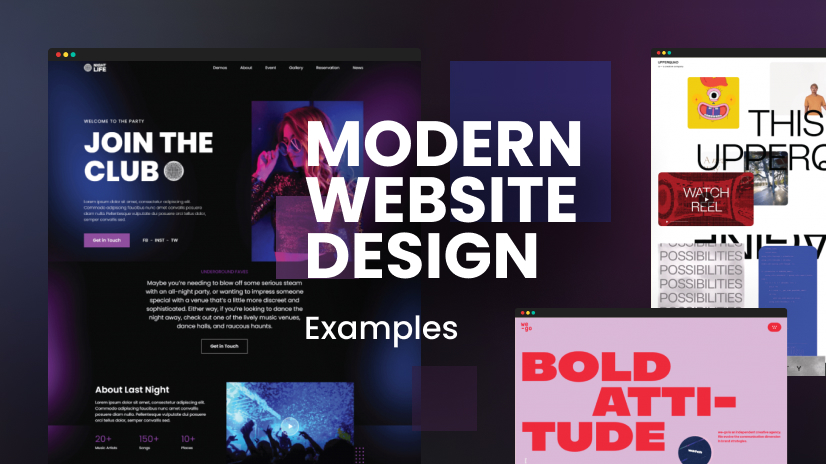As we enter 2024, the world of web design is evolving at an unprecedented pace. With technological advancements and changing user preferences, marketers need to stay ahead of the curve to create effective online experiences. In this blog post, we’ll explore the top web design trends for 2024 and what they mean for marketers.
1. Enhanced User Experience (UX)
Why It Matters:
User experience has become a critical factor in website success. A well-designed site that prioritizes usability can lead to higher engagement and conversion rates.
Key Strategies:
- Intuitive Navigation: Simplify menu structures and improve site layout to help users find information quickly.
- Personalized Experiences: Use data analytics to tailor content and recommendations based on user behavior and preferences.
2. Dark Mode Design
Why It Matters:
Dark mode has gained popularity for its aesthetic appeal and reduced eye strain. Many users now expect websites to offer this feature.
Key Strategies:
- Toggle Options: Allow users to switch between light and dark modes seamlessly.
- Consistent Branding: Ensure that your brand identity is maintained in both modes for a cohesive experience.
3. Minimalist Aesthetic
Why It Matters:
Minimalism helps eliminate distractions, allowing users to focus on essential content. This design approach is increasingly favored in 2024.
Key Strategies:
- Use of White Space: Emphasize clarity by incorporating ample white space in layouts.
- Clear Call-to-Actions (CTAs): Design prominent and straightforward CTAs that guide users towards desired actions.
4. Voice Search Optimization
Why It Matters:
With the rise of voice-activated devices, optimizing websites for voice search is becoming essential. This trend is set to influence SEO strategies significantly.
Key Strategies:
- Conversational Keywords: Incorporate natural language and phrases that users are likely to speak.
- FAQs Section: Create content that answers common questions, making it easier for voice search results to include your site.
5. Integration of Artificial Intelligence (AI)
Why It Matters:
AI technology is transforming how users interact with websites, enabling personalized experiences and improved customer service.
Key Strategies:
- Chatbots: Implement AI-driven chatbots to assist users in real-time and enhance customer support.
- Content Recommendations: Use AI algorithms to suggest relevant content based on user behavior.
6. Augmented Reality (AR) Features
Why It Matters:
AR is changing the game for e-commerce and product visualization, allowing users to engage with products in immersive ways.
Key Strategies:
- Virtual Try-Ons: Implement AR features that let users visualize how products will look in their environment before purchasing.
- Interactive Experiences: Create engaging, interactive elements that invite users to explore your offerings.
7. Sustainability in Web Design
Why It Matters:
As consumers become more environmentally conscious, showcasing sustainable practices can enhance brand reputation and loyalty.
Key Strategies:
- Eco-Friendly Hosting: Choose hosting providers committed to renewable energy and sustainable practices.
- Efficient Coding: Optimize website performance to reduce energy consumption and improve load times.
8. Micro-Interactions
Why It Matters:
Micro-interactions are small, subtle animations that enhance user engagement and provide feedback. They can significantly improve the overall experience.
Key Strategies:
- Feedback Animations: Use animations to indicate successful form submissions or actions taken by users.
- Loading Indicators: Implement creative loading animations to keep users engaged while content is loading.
As we move into 2024, web design trends are rapidly evolving, shaping how marketers engage with their audiences. Enhanced user experience (UX) remains a priority, with intuitive navigation and personalized content driving engagement. Dark mode design is gaining traction, offering users a comfortable viewing option. Minimalism continues to dominate, emphasizing clarity and focus on essential elements. Additionally, the integration of AI and augmented reality is revolutionizing interaction, making websites more immersive and user-friendly. Staying informed about these trends will be crucial for marketers looking to create impactful online experiences.

